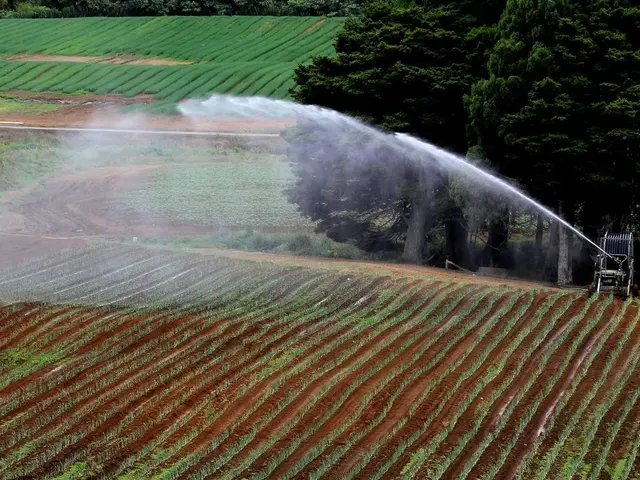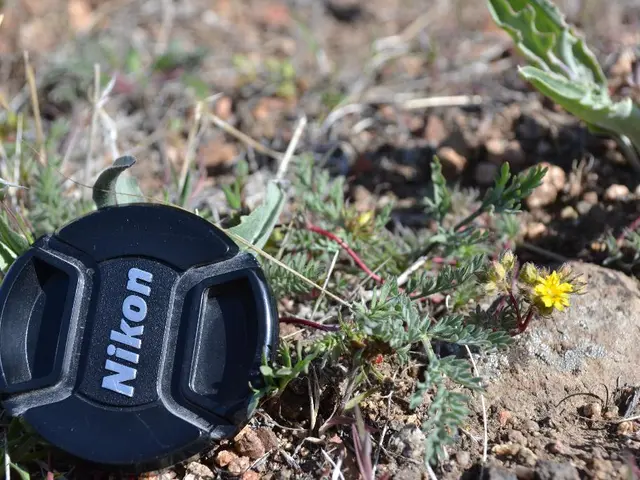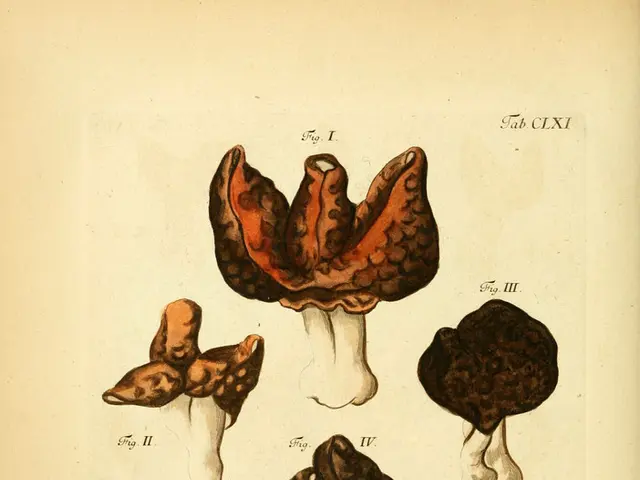Cultivating Bush Beans in Your Home Garden Expansion
Venture into the thrilling world of gardening with the hassle-free and productive bush beans! Perfect for green thumbs of all levels, especially those limited on space, these plants are a gardening staple.
Dating back over 7,000 years, bush beans have been an essential part of countless traditions. Let's dive into the basics for growing these productive plants in your garden:
So, what are these wonder plants known as bush beans?
Bush beans are part of the common bean family, domesticated from their wild counterpart, Phaseolus vulgaris, native to Mexico. Unlike their climbing siblings (pole beans), bush beans don't need support structures and have a compact, bushy shape, growing up to 1 to 2 feet tall.
What's truly amazing is that, by growing bush beans, you're contributing to an age-old tradition. So, let's dig in (pun intended) on the essentials for growing these amazing plants!
The Basics of Bush Beans: Snap, Shell, and Dry
Bush beans can be broadly classified into three types:
- Snap Beans (also known as string beans): These are the most common and are eaten fresh, green pods and all.
- Shelling Beans: The pods are tough, so the beans are left to mature and are removed and eaten while still young.
- Dry Beans: These are allowed to mature and fully dry on the plant and can be stored for later use. Shelling beans can also be turned into dry beans.
Many bush beans are dual-purpose, meaning they can be consumed as fresh green beans or allowed to mature for use as shell beans or dried beans. With so many options, you can create an incredible variety in your garden and in your meals!
Some of My Top Picks for Beans to Grow
These heirloom bean varieties are widely available at many organic seed companies and make excellent options for your garden:
Snap Beans
Calima - Our personal favorite, this variety produces quickly, is a prolific grower, and has fantastic flavor. This versatile bush bean is perfect for fresh, canned, or frozen consumption.
Blue Lake 274 - Originated from a pole variety, this popular plant is usually the one we purchase commercially grown or canned green beans. Its flavorful pods grow to 6 inches long and are stringless.
Tendergreen - This heirloom variety has it all: it's disease-resistant, heat-tolerant, and yields loads of delicious, stringless beans. They're fantastic for fresh, frozen, or canned use.
Shelling and Dried Beans
Anasazi - This legendary bean is well-known for its use in Northeastern baked beans. With various names, this attractive, mottled variety has a texture resembling meat, making it a fantastic choice for baking.
Black Turtle - Deliciously flavorful, this black bean is a favorite for my black bean and corn salsa. It's also excellent for soups and stews. This resilient variety takes about 95 days to reach maturity but is worth the wait.
Dragon's Tongue - This dual-purpose variety offers amazing flavor while being easy to grow. This compact yet prolific plant makes it a favorite among backyard gardeners.
Ready to Start Growing Successful Bush Beans?
Bush beans are relatively easy to cultivate, even for first-timers. To ensure the best results, follow these basic guidelines:
Timing is Key
Bush beans don't like to be transplanted, so plant them directly in your garden, or in a container with a minimum depth of 8 inches. They are warm-season plants and not at all frost-tolerant.
Begin planting after the danger of frost has passed, usually during spring in warmer climates, and as late as June for cooler regions. Before planting, make sure the soil is warm enough, as seeds germinate best between 70-80°F.
Selecting a Site
Plant bush beans in full sun, with well-draining clay loam soil with a pH of 6.0-7.0. They flourish in organic matter and dislike being planted near onions. Companion plants include corn, cucumber, and strawberries.
Planting Bush Beans
Plant seeds 1 to 2 inches deep, spaced 4 inches apart in rows spaced 18-24 inches apart. For best results, sow in holes 1 1⁄2 inches deep and spaced accordingly. Water the planting area well after planting, keep the area adequately moist, but avoid overwatering. Mulch heavily with straw or other natural mulching material to control weeds and maintain moisture.
Maintenance
Maintain proper watering, avoid wet soils, and apply mulch. Most bush beans are moderately drought-resistant but won't flower without regular watering.
No fertilizer is typically required; a modest soil that has compost worked in before planting should suffice. If leaves are yellow, they may be deficient in nitrogen, and a simple fertilization with fish emulsion could help improve nitrogen levels.
Dealing with Disease and Pests
Be prepared to deal with common issues like aphids, bean leaf beetles, Japanese beetles, Mexican bean beetles, anthracnose, bean rust, powdery mildew, and Bean Common Mosaic Virus. Consult aphid control suggestions, apply row covers to combat Japanese beetles, and research ways to control other potential issues as needed.
Happy gardening, and may your bush bean harvest be bountiful! If you want to reconnect with your food, nature, and heritage way of life, join the 40,000 like-minded folks in my Facebook group, The Self Sufficient Life. You can find a link to join here.
Incorporating bush beans into your gardening and food-and-drink lifestyle can help you honor an age-old tradition, dating back over 7,000 years. By growing bush beans, you're contributing to a tradition that has been a vital part of countless cultures. When growing bush beans, consider canning some of your harvest for added convenience and extended enjoyment throughout the year. Moreover, combining bush beans with various herbs and spices from your home-and-garden can create delightful additions to your recipes, enhancing both your cooking and lifestyle.








